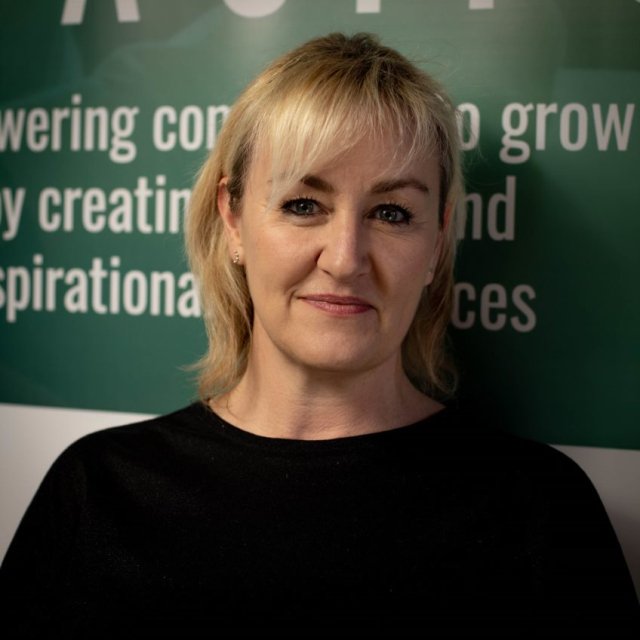Communication is key in projects, and it all starts with a good definition. What will be built and what can our customers expect? These are our two first questions when we release a project or new functionalities.
Before releasing new features, the developments by our technical team always receive an extra quality check, based on those expectations.
That’s why I am involved in all phases of the project. I organize workshops with clients about their requirements and describe user stories in an understandable language for both our clients and our technical team. The most important part is the agreement on acceptance criteria that will be the baseline for the test cases and acceptance when we release a functionality. What is the definition of done?
During the development sprints I participate in stand-up meetings to make sure everyone is on the same page. In parallel, I write test cases starting from the perspective of the end users as well as the administrator role or other roles that might be involved in the project. Also, front end test cases are described to check that the functionality is perfect whether it be mobile or desktop or every other possible device.
During the test phase I perform tests to check the working functionalities. Every issue found is described in detail with clear steps to reproduce them. For regression testing I use automated testing tools to make my job easier. This helps me to test all functionalities when a release is done on production to check whether all features are working as they should be.
That’s what my first question to you will be: which tools do you use to organize your user stories and to do testing?





